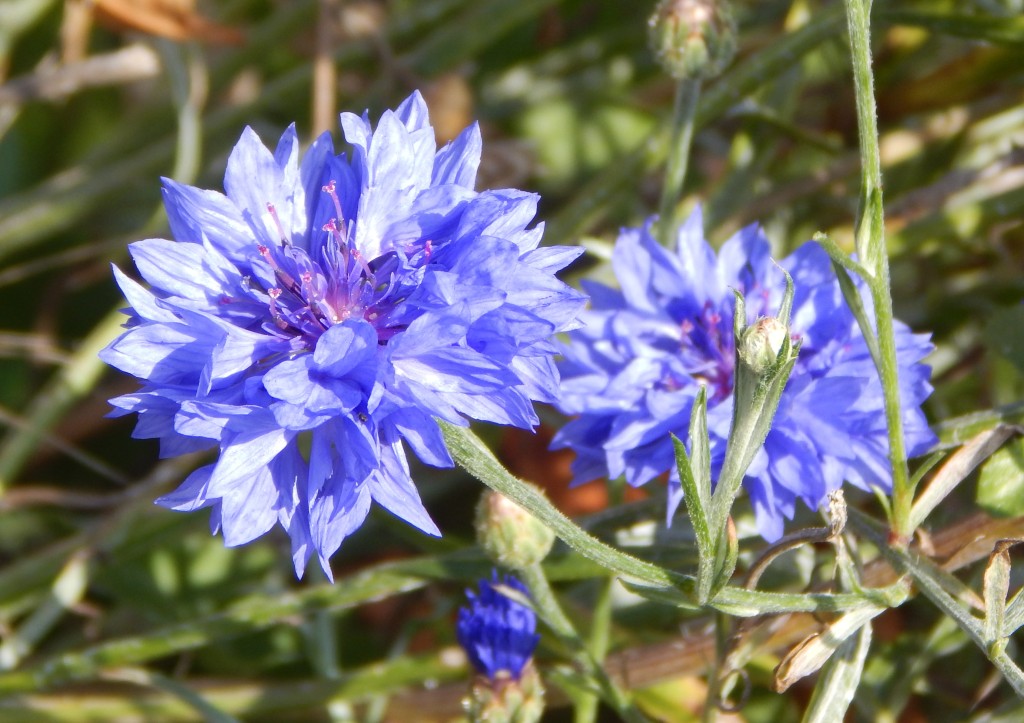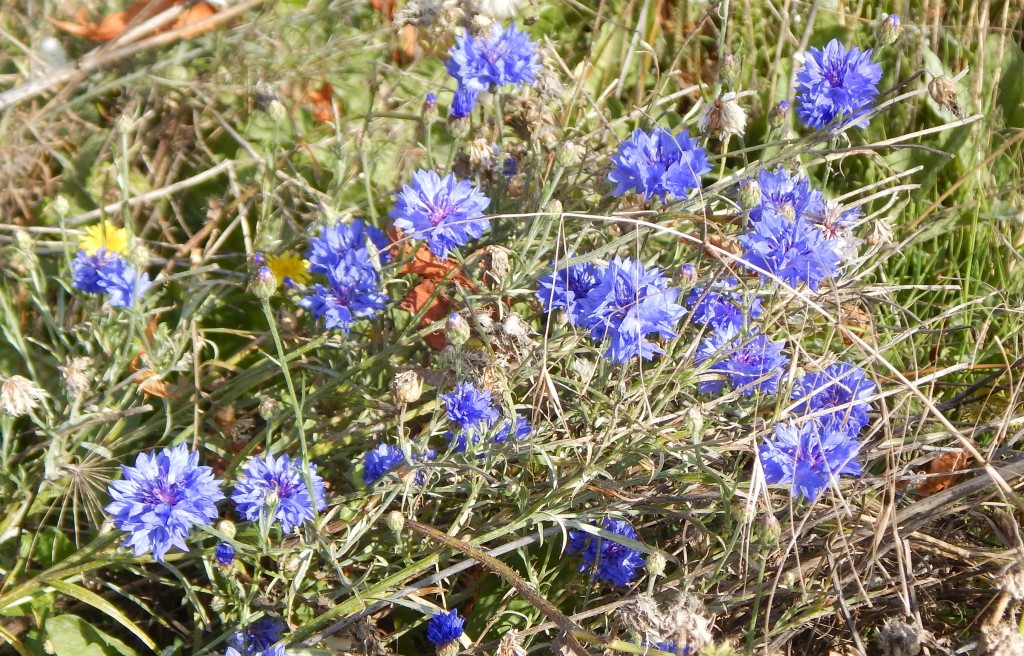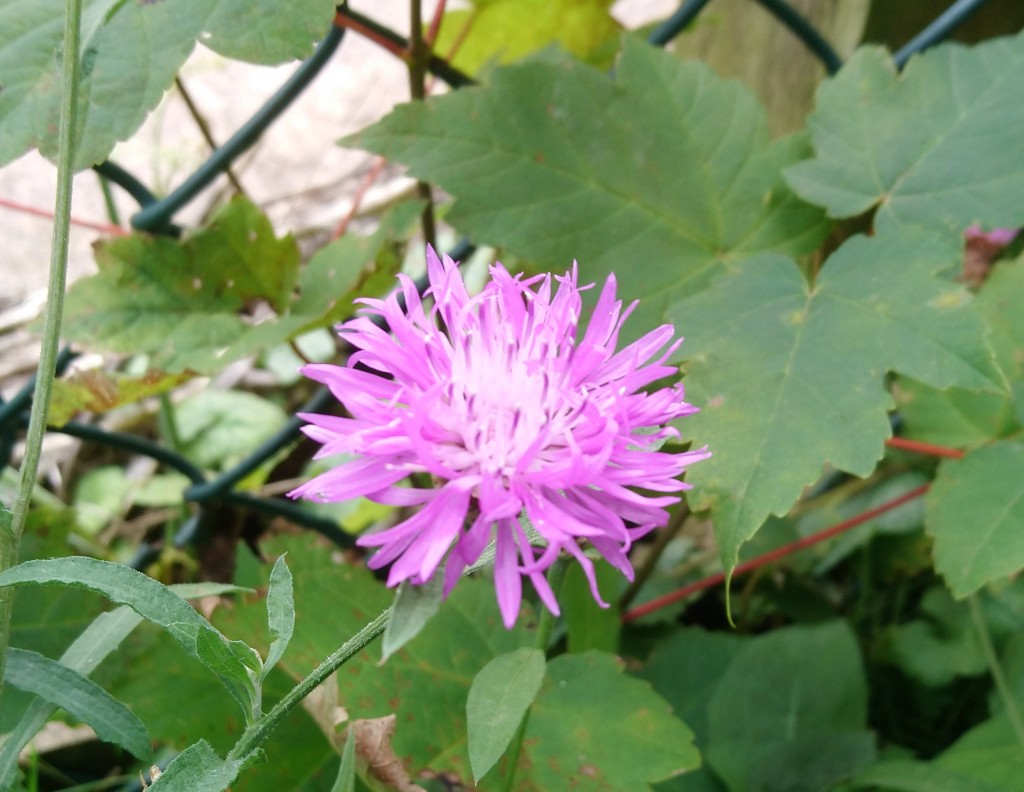
[075] Centaurea cyanus, Cornflower
Introduction
Centaurea cyanus, the Cornflower, is a striking blue flower, originally a common weed in cornfields, now still sometimes seen in the wild but also cultivated as a garden plant.
It is also called the Bachelor’s Button, presumably in America, and has been known as Bluebottle, Bluecup, Blue Blob, Blue Bonnet, Cornbottle, Boutonierre Flower, Hurtsickle and Gogglebuster.
I will also look briefly at other Centaurea species known as knapweeds.
Taxonomy
Kingdom – Plants
Division – Vascular Plants
Class – Angiosperms (Flowering Plants)
Order – Asterales
Family – Asteraceae
Subfamily – Carduoideae (Thistles and others)
Tribe – Cynareae (Cardueae) – Thistles (2500 species)
Subtribe – Centaureinae
Genus – Centaurea (Knapweeds)
Scientific Name – Centaurea cyanus
Several cultivars are available.
Name
There is always ambiguity in common names and we will see that the word corn has different interpretations in the UK and the USA. In America it means maize. But in Britain it usually means wheat and Centaurea cyanus used to be a common weed in fields of wheat in the British countryside. Many of its other names come from its colour and its use as a buttonhole flower.
[I don’t normally comment on all the common names but hurtsickle is interesting. Vaccinium myrtilius is a plant with many names that include bilberry, blueberry, whortleberry and hurtleberry. From hurtleberry is derived the heraldic word ‘hurt’ for a roundel azure (a blue filled circle) and perhaps the name hurtsickle.]
Centaurea comes from the Latin name for the plant from its association in Greek mythology with Chiron the centaur. Cyanus is the Ancient Greek name for the plant and is also used for lapis lazuli, a blue semi-precious stone.
Description
The Cornflower is a small insignificant annual plant in the Aster family. Its striking flowers have a few spreading ray florets surrounding a central cluster of disc florets.



The flowers are coloured a bright blue by the pigment protocyanin, which is the same pigment that makes many roses red. It does this by a forming a supermolecule with other molecules and ions.
Habitat
Centaurea cyanus is native to Europe. It was probably introduced and naturalized in Britain before about 500 BC, and used to be widespread in cornfields. But it is now almost extinct as a wild plant.
It is widely cultivated and is available in pink and purple varieties.
Other Notes
I see Cornflowers in areas where it may look wild but is probably part of the modern trend to cultivate verges with wildflower seeds.
Knapweeds
There are three very similar wild plants seen in Britain.
- Centaurea jacea, Brown Knapweed’
- Centaurea nigra, Black Knapweed, Common Knapweed, Lesser Knapweed or Hardhead.
- Centaurea scabiosa, Greater Knapweed.
All three have flowers which are similar but red/purple in colour.


See also
It is rare to see such a blue colour in wildflowers but there are two others quite similar. [081] Chicory will come in a few days. The other one is Nigella damascena, Love-in-a-mist.

